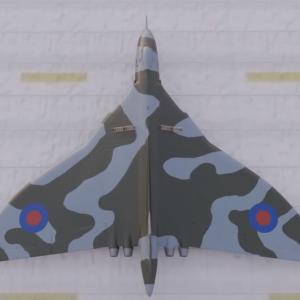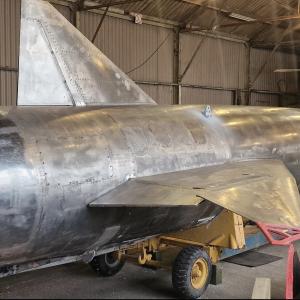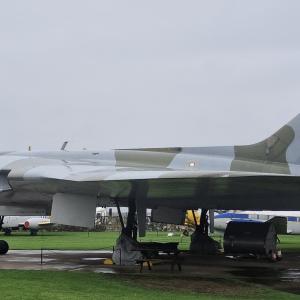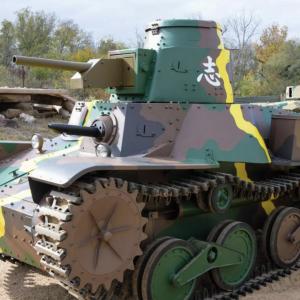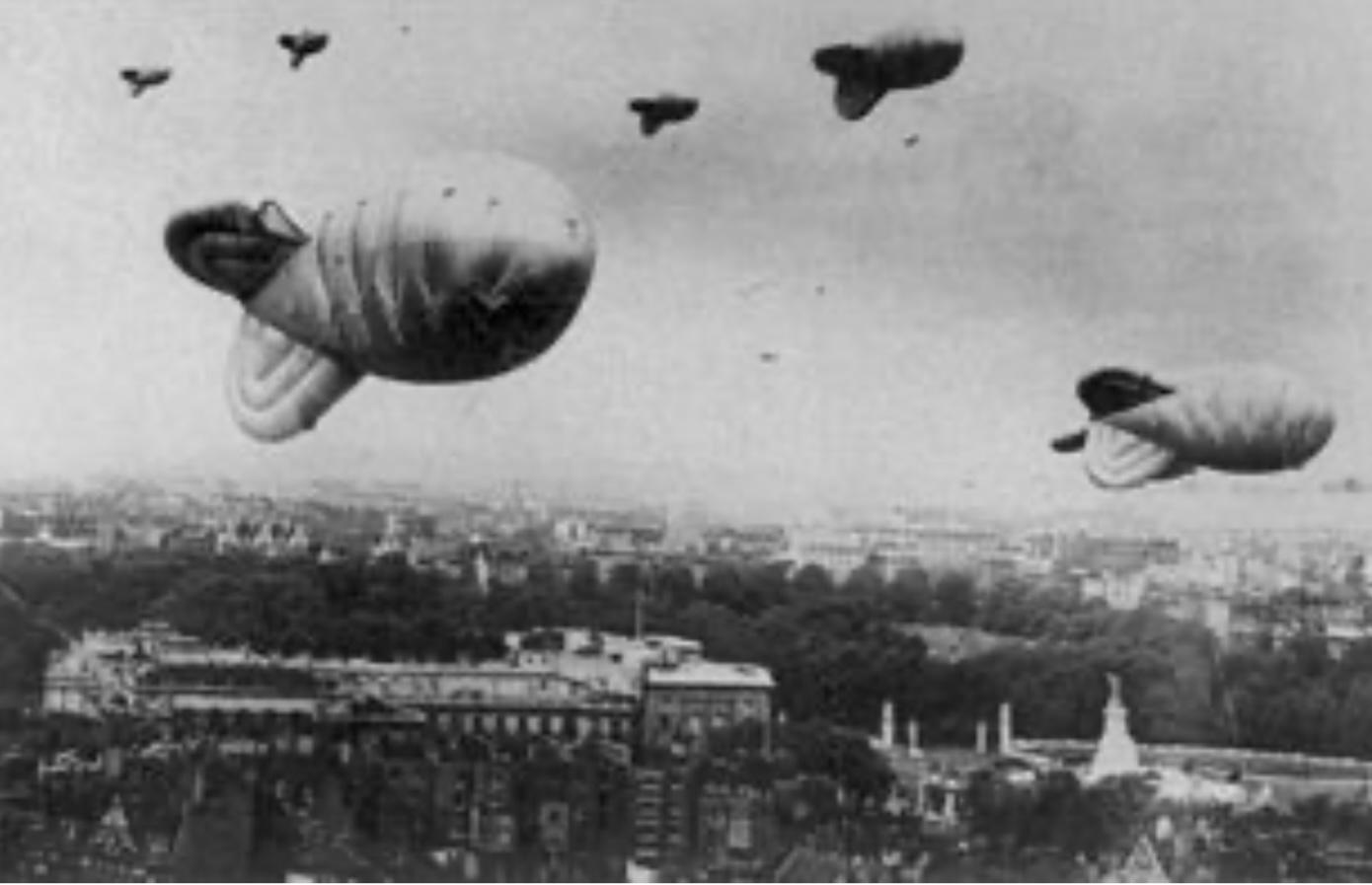
Londons defence barrage balloons
During the Battle of Britain in 1940, barrage balloons played a critical but often overlooked role in making it harder for the German Luftwaffe to attack London effectively. These large, gas-filled balloons were tethered to the ground with strong steel cables and floated at various altitudes over key areas of the city. Their purpose was simple but clever: to prevent enemy aircraft from flying low enough to carry out accurate bombing or strafing runs.
German pilots, especially those flying dive-bombers like the Stuka, relied on low-level approaches to hit targets with precision. But the presence of barrage balloons over London made that strategy dangerous and often impossible. If a plane flew too low, it risked hitting one of the steel cables suspended in the air, which could tear off wings or bring the aircraft down entirely. As a result, many Luftwaffe pilots were forced to fly at higher altitudes, where their accuracy was reduced and they became easier targets for British anti-aircraft guns and fighter planes.
This change in Luftwaffe tactics had a noticeable effect. Bombs aimed at docks, factories, and railway lines often missed their targets or caused less damage than intended. The dense network of barrage balloons over central London and its industrial districts created a kind of invisible shield, not by shooting down planes directly, but by disrupting how the enemy had to fly. In some cases, German bombers were funneled into specific paths to avoid balloon clusters, making it easier for British defenses to predict their routes and concentrate fire.
The psychological effect on German pilots was also important. Knowing the sky was filled with deadly wires made low-altitude flying nerve-wracking. Reports from Luftwaffe aircrews described the difficulty of operating in areas where barrage balloons were thickest, especially at night or in poor weather when visibility was limited.
While barrage balloons didn’t bring down large numbers of enemy aircraft on their own, they were a vital part of London's air defense. They helped blunt the Luftwaffe’s most dangerous tactics and made coordinated attacks more difficult. In a battle where every small advantage counted, the balloons contributed to the larger effort that kept London from falling under the weight of sustained bombing, and helped ensure that the RAF retained control of the skies.

